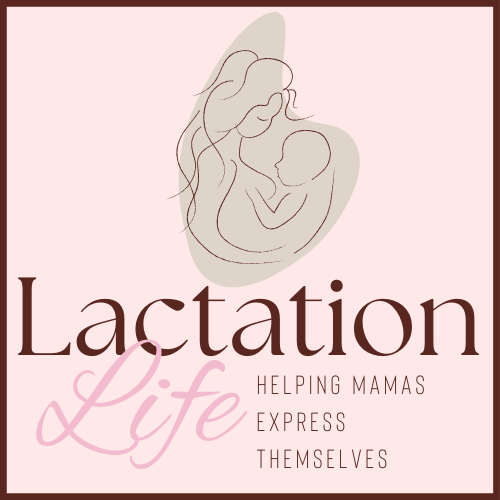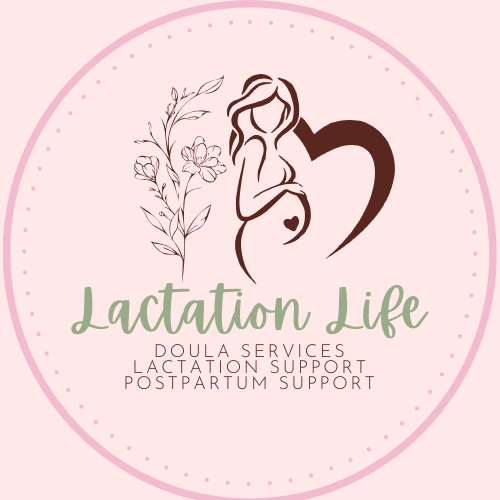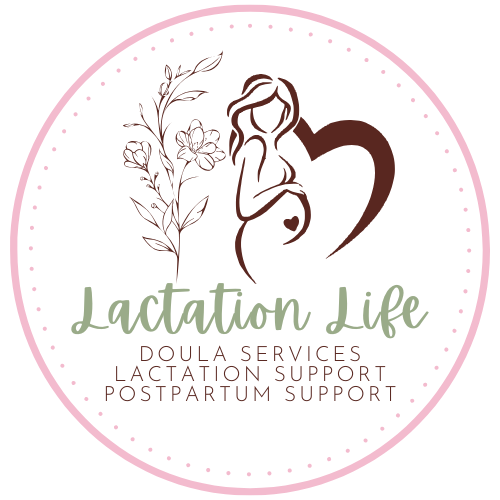The Most Common Questions About Breastfeeding—Answered!
Breastfeeding is a natural process, but that doesn’t mean it always comes naturally! Many new parents have questions about nursing their babies, from concerns about milk supply to finding the right latch. Here, we answer some of the most common breastfeeding questions to help you feel more confident on your journey.

1. How Do I Know If My Baby Is Getting Enough Milk?
One of the biggest worries for breastfeeding parents is whether their baby is drinking enough. Since you can’t see how much milk your baby is taking in, look for these signs instead:
- Your baby has at least 6-8 wet diapers per day after the first few days.
- They are gaining weight steadily after an initial loss in the first few days.
- They seem satisfied and content after feeds, rather than fussy or frustrated.
- You can hear or see swallowing while they nurse.
If you’re ever unsure, working with a lactation consultant can help you assess your baby’s intake.
2. How Often Should I Breastfeed My Baby?
Newborns typically feed every 2-3 hours, which adds up to 8-12 times in 24 hours. This includes nighttime feedings. However, every baby is different—some may nurse more frequently during growth spurts or cluster feeding periods. Watching for hunger cues like rooting, sucking on hands, or smacking lips can help you know when to feed your baby rather than sticking to a strict schedule.
3. Does Breastfeeding Hurt?
Breastfeeding shouldn’t be painful, but many parents experience discomfort in the early days. If you have sore, cracked, or bleeding nipples, it’s often a sign of a poor latch. A good latch should feel like gentle tugging rather than pinching or sharp pain. If you’re struggling, adjusting your baby’s positioning or working with a lactation consultant can help make breastfeeding more comfortable.
4. Can I Breastfeed If I Have Low Milk Supply?
Many parents worry about low milk supply, but true low supply is less common than people think. The best way to maintain a good supply is frequent nursing—your body produces milk based on demand. However, if you’re concerned, consider:
- Ensuring a proper latch to maximize milk removal.
- Nursing on demand rather than on a rigid schedule.
- Offering both breasts at each feeding.
- Using breast compressions to encourage milk flow.
If supply issues persist, working with a lactation consultant can help identify possible causes and solutions.
5. What Foods Should I Avoid While Breastfeeding?
Most breastfeeding parents can eat a normal, balanced diet without restriction. However, some babies may be sensitive to certain foods, such as dairy or caffeine. If your baby shows signs of fussiness, gas, or discomfort after you eat specific foods, you may want to experiment with eliminating them to see if symptoms improve.
Yes! Breastfeeding after a cesarean birth is absolutely possible, though it may require extra support. Finding comfortable positions, like the football hold or side-lying position, can help reduce pressure on your incision. Skin-to-skin contact and frequent nursing can also help establish a strong milk supply.
7. What Should I Do If My Baby Won’t Latch?
A baby who struggles to latch may need extra help. Try:
- Skin-to-skin contact to encourage natural feeding instincts.
- Expressing a little milk before latching to entice your baby.
- Experimenting with different positions.
- Seeking help from a lactation consultant for hands-on support.
8. When Should I Introduce a Bottle?
If you plan to introduce a bottle, experts recommend waiting until breastfeeding is well-established, usually around 3-4 weeks. Using a paced bottle-feeding method can help prevent nipple confusion and ensure your baby still prefers the breast.
9. Can I Breastfeed While Sick?
Yes! In most cases, it’s safe (and even beneficial) to continue breastfeeding while sick. Your body produces antibodies that pass to your baby through breast milk, helping to protect them from illness. However, if you’re taking medication, check with a healthcare provider to ensure it’s safe for breastfeeding.
10. How Long Should I Breastfeed?
The American Academy of Pediatrics recommends exclusive breastfeeding for the first six months and continuing breastfeeding along with complementary foods for at least one year or longer, depending on the parent’s and baby’s preferences. Ultimately, the right duration is what works best for you and your child.
Final Thoughts
Breastfeeding comes with a learning curve, but you don’t have to navigate it alone! Support from lactation consultants, peer groups, and trusted resources can make a huge difference. No matter what challenges you face, remember that every breastfeeding journey is unique, and what matters most is finding what works best for you and your baby.











